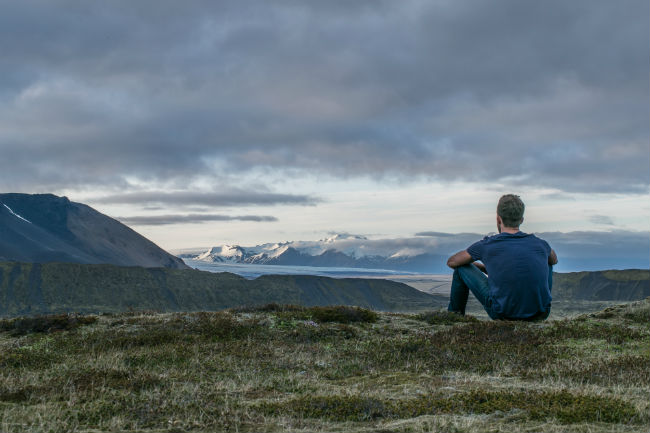
August 22, 2017
Dear Dzongsar Khyentse Rinpoche,
I would like to thank you very much for taking the time to post your reflections about the “Guru and Student in the Vajrayana” on your Facebook Page on August 14. (Click here for Facebook post, or formatted version on Buddhistdoor.)
I did read your post several times, as you suggested, and reflected on it for a few days. I used to be someone trying to be a genuine Vajrayana practitioner, but after reading what you said, I am not sure if I ever was. In any case, I still do aim to be a genuine spiritual practitioner.
We met a few times. You might remember me most from when I was Sogyal Rinpocheʻs attendant when he visited your Sea to Sky Center in 1993. It might be a surprise to you that the same person you met then is writing this letter to you. But I suspect it will not come as a surprise to you that questions might come your way after writing your article. I would love to get answers, but please feel no pressure. It would be deeply appreciated, but is not expected. If anything in this letter sparks your interest, and you happen to get bored in a question and answer session with your students, I would love to get a recording.
You say you are not familiar with the Rigpa set-up, which makes it hard for you to say anything more definitive. So I thought it might be helpful to share with you my experience in Rigpa.
How I Was Introduced to Samaya
I met Sogyal Rinpoche in 1987 at a public talk held at the Rigpa London Center, which happened to take place one evening during the time I attended my first ten-week meditation course there. Towards the end of the course, I saw an announcement for an Easter Retreat at the center. I asked one of the senior students if that retreat was open to and would be suitable for beginners like me. The answer was: “Yes absolutely! Youʻll love it.”
Read More



